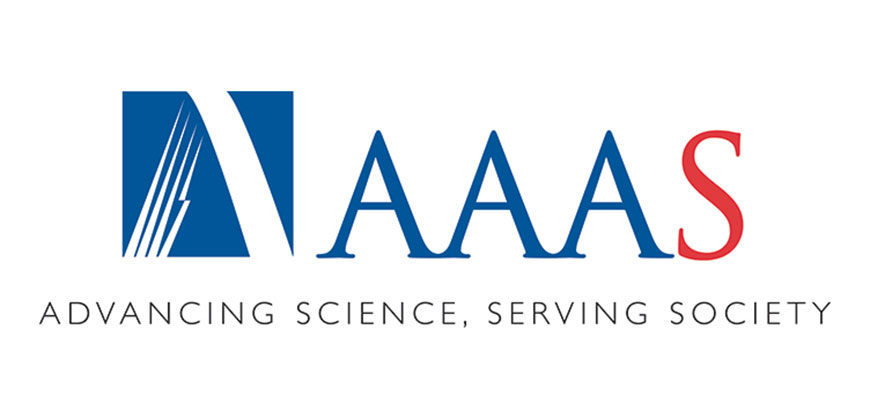
Colorado State University scientists will present a diverse array of research topics at the American Association for the Advancement of Science annual meeting, Feb. 15-19 in Austin, Texas.
AAAS is the world’s largest general scientific society. The annual meeting convenes scientists, policymakers, educators and journalists to discuss the latest developments in science and technology.
CSU speakers at AAAS 2018
Who: Christopher Fisher, professor in anthropology, College of Liberal Arts
What: Using LiDAR to document ancient cities and regions
When: Feb. 16, 10:30-11 a.m.
Abstract: It is a conundrum of the 21st century that there is so much left to discover, and yet never before has our cultural and ecological patrimony been so threatened. This is especially true in tropical regions where heavy vegetation, inaccessibility, and rugged topography hamper traditional investigation.
Fisher will present two case studies that add to a growing body of literature demonstrating the utility of airborne mapping LiDAR (a.k.a. airborne laser scanning) for rapid archaeological assessments in undocumented, or poorly documented regions. The first outlines a program of LiDAR scanning to more quickly document the urban center of Angamuco in the Mexican state of Michoacán. This work shows that (1) large urban centers with complex spatial organization were present centuries prior to the formation of the Purépecha Empire, (2) the settlements incorporate gardens and other landscape features within and around the settlement demonstrating a high degree of human environmental modification, and (3) current models for the evolution of social complexity in the region cannot account for the presence of Angamuco.
The second presents the results of a LiDAR survey of a remote valley in the Mosquitia tropical wilderness of Honduras, which has seen little sustained archaeological research. The case study demonstrates that (1) though today the valley is a wilderness, it was densely inhabited in the past; (2) this population was organized into a three-tiered system composed of 19 settlements dominated by a city; and, (3) this occupation was embedded within a human-engineered landscape.
For both cases, LiDAR data fundamentally changed the understanding of coupled human/natural systems while providing critical baseline data for conservation and management.
Who: Amy Prieto, professor in chemistry, College of Natural Sciences; founder and CEO of Prieto Battery
What: Developing 3D batteries
When: Feb. 16, 3:30-4 p.m.
Abstract: This talk will focus on the Prieto group’s development of 3-D solid-state batteries and the transfer of this technology to Prietobattery.com. The systems in question are based on the transformative development of porous copper antimonide anodes with tremendous surface area, as well as a polymer electrolyte and a cathode applied in slurry form. The challenges associated with being an inventor and entrepreneur for this technology will be highlighted.
Other connections
Jan Leach, professor in bioagricultural science and pest management, helped organize a session on the phytobiome.
Dan Bush, vice provost for faculty affairs and a plant biologist, serves as secretary of the AAAS Section on Agriculture, Food and Renewable Resources.